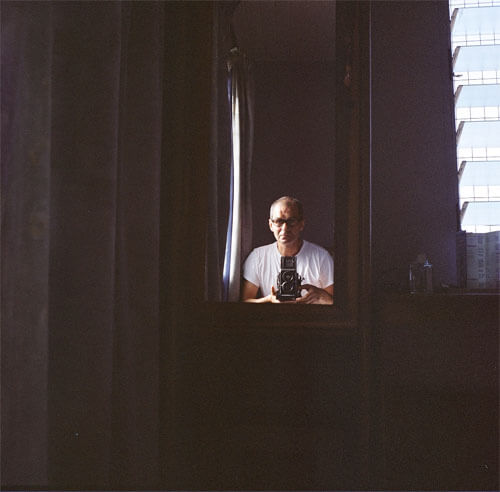Denis Dailleux, (b. 1958, Angers) lives in Paris when he is not in India, Egypt or Ghana. Represented by
Agency VU', Camera Obscura Gallery (Paris), Galerie 127 (Marrakech), Galerie Peter Sellem (Francfort) and the Box Galerie (Brussels), his work has been exhibited and distinguished worldwide.
He is the acclaimed author of several books about Egypt:
Habibi Cairo, Le Caire mon amour (Filigranes, 1997),
Le Caire (Le Chêne, 2001),
Impressions d'Egypte (La Martinière, 2011),
Egypte, Les Martyrs de la révolution (Le Bec en lair, 2014),
Mères et fils (Le Bec en l'air, 2014),
Ghana (Le Bec en l'air, 2016) and
Persan-Beaumont (Le Bec en l'air, 2018).
"Imbued with his distinctive delicacy, Denis Dailleux's photographic work appears calm on the surface, yet is incredibly demanding, run through by an undercurrent of constant self-doubt and propelled by the essential personal bond he develops with those (and that which) he frames with his camera.
His passion for people has naturally led him to develop portraiture as his preferred means of representing those whose true self he feels an urge to get closer to. Which he has, with actress Catherine Deneuve as well as with countless anonymous subjects from the slums of Cairo, working with the same discretion, waiting to get from his subjects what he is hoping they will offer him, without ever asking for it, simply hoping that it will happen. That is how he has patiently constructed a unique portrait of his beloved Cairo to create, with black and whites of exemplary classicism and colors of rare subtlety, the definite alternative to the heaps of cultural and touristic clichés which clutter our minds." -- Christian Caujolle
These past years, while continuing to photograph Egypt, Denis Dailleux has traveled regularly to Ghana where he explores new relations with regard to body and space, life and death, community, the sea, which opens up new horizons to his photographic research.
Regularly exhibited and published in the national and international press, Denis Dailleux is also the winner of prestigious prizes, including the
World Press Photo - Category Staged Portraits for his series
Mother and Son in 2014, and in 2019 the Roger Pic Prize awarded by Scam for his series
In Ghana - We shall meet again.
Article
Discover Denis Dailleux's Exclusive Interview
Galleries
Galerie Camera Obscura
Galerie 127
Galerie Peter Sellem
Box Galerie